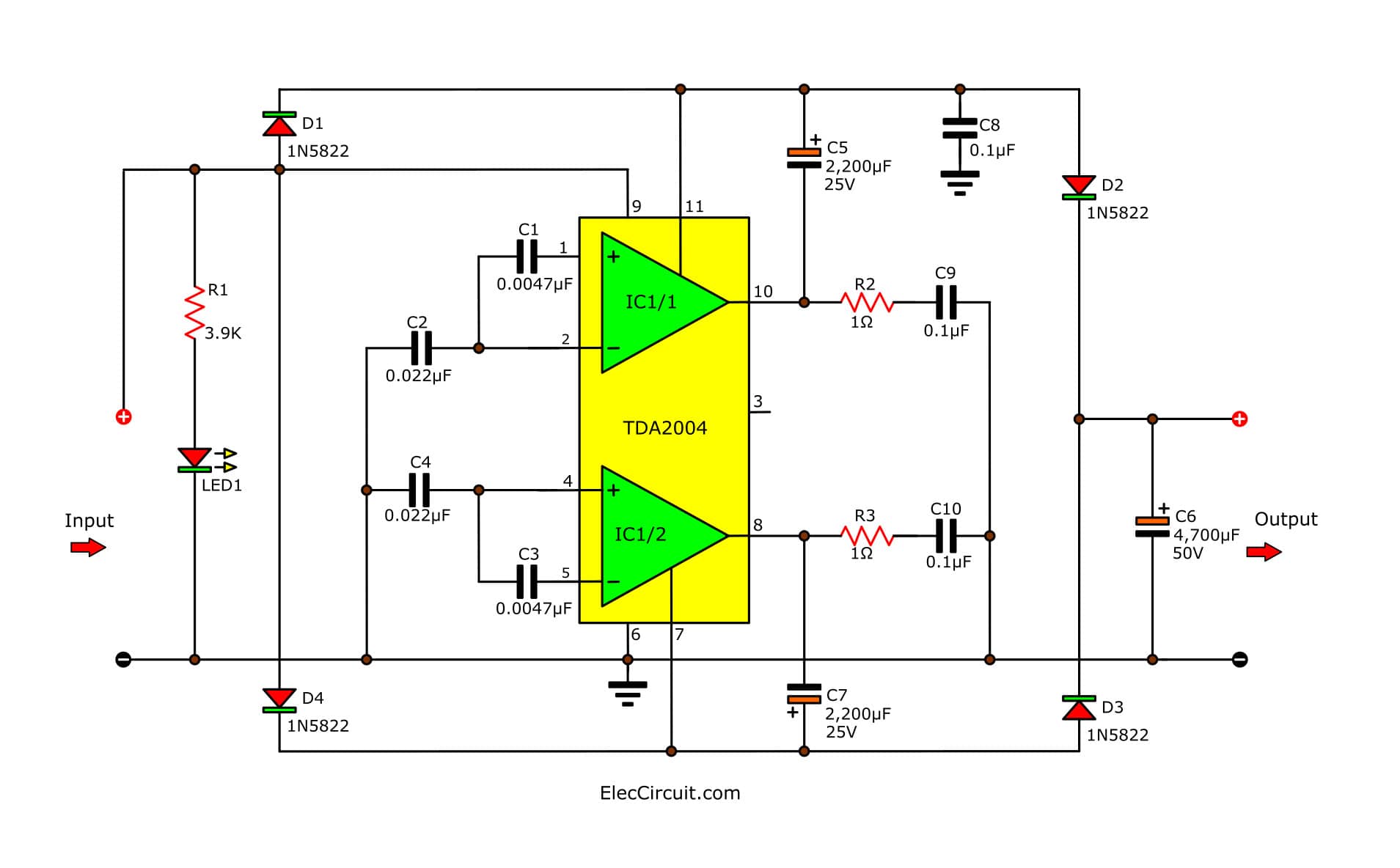

The block diagram in figure 1 shows the typical test set up. During this test, output voltage is monitored and the total voltage deviation is recorded while varying the input voltage from minimum to maximum limits. This test confirms that the output voltage stays within specified regulation limits when the input voltage is varied from minimum to maximum operating voltage.

Chroma’s 63600 DC Load can use that trigger to capture and measure the Hold-Up timing without the need for an oscilloscope. If the DC-DC converter has an Input Fault Detection Signal, this can be used to trigger the test.

This also indicates how well the output of the DC-DC converter handles short interrupts and drops in the input voltage. The Hold-Up test indicates the timing from when the input drops below the minimum input voltage and the output voltage drops below its minimum regulated output tolerance (See figure 3). Turn-Off time indicates when the input voltage drops below the specified minimum and the output turns off or drops to zero volts (See figure 2). Turn-On time indicates the timing from the point the minimum input voltage is reached to the time the output voltage is within the output regulation limits. The Chroma 63600 DC Load can display and measure waveforms for the applied voltage and current in as low as 2uSec sample rate using the Digitizing Measurement feature. An oscilloscope is used for the ripple and PARD measurements. This setup also tests and measures the Turn-On time and Turn-Off time and Hold-Up Time (See Figure 2 & 3). It’s important to use the remote sense leads from the DC power supply and DC load to insure the voltage at the DC-DC converter is set properly and the output voltage is measured accurately. The output voltage, ripple, and noise are measured to see if the lower input voltage setting has any effect on the output stability or ripple. To confirm that the DC-DC converter would turn on with a Maximum Load on the output, the input voltage would be set to the minimum and toggled off and on while measuring the output voltage and current. The input voltage is then decreased until the units output begins to drop or the minimum input voltage setting is met. To test the minimum input voltage turn-on level, the DC-DC converter is turned on using the nominal input voltage and applying the maximum rated output current using the electronic load. A DC electronic load is used on the output of the DC-DC converter to simulate the device that would be powered from the DC-DC converter. To confirm the DC-DC converter works properly at the entire range of input voltages, they are tested using a programmable DC power source to provide the input voltage and power. Input Turn-On, Input Turn-Off Voltage and Timing TestsĭC-DC converters have a specified input voltage operating range. These tests can be run manually with standalone equipment or can be automated by integrating equipment into an automated test system (ATS) with dedicated software. These tests can be used for design verification, production, incoming inspection, or qualification testing. This article provides test descriptions as well as the equipment required to confirm that the DC-DC converters are operating within their specified limits.
#Dc to converter software
Chroma’s expertise in power conversion test equipment, software and fixtures provide accurate and comprehensive testing of automotive power components including DC-DC converters. This development leads to more rigorous testing. Manufacture’s strategies in DC-DC converter development include reduction in size and higher efficiency in order to provide advantages to their customers. Posted Jby Charged EVs & filed under Newswire, Sponsored Content, The Tech.Īn automotive DC-DC converter receives high voltage from the battery and converts it to a lower voltage to power on board devices such as the instrumentation panel, entertainment system, sensors, LED lighting, and any other on board devices requiring low voltage DC power. A quick guide to automotive DC-DC converter testing


 0 kommentar(er)
0 kommentar(er)
